A small jib crane is a valuable piece of lifting equipment used across many industries—from manufacturing to home workshops. But just as critical as performance is safety. In confined spaces, every movement counts, and overlooking proper safeguards can result in serious workplace injuries. This guide explores essential safety features of a small jib crane and best practices that every operator should follow.
Table of Contents
ToggleWhat Is a Small Jib Crane?
A small jib crane is a compact lifting device designed for moving materials in a circular or semi-circular area. It consists of a horizontal beam (boom) mounted to a vertical support (mast or wall). This beam can rotate, typically between 180° to 360°, allowing for flexible handling of light to moderate loads in tight spaces.
Commonly used in garages, warehouses, production lines, and workshops, small jib cranes are preferred where gantry cranes or larger lifting systems are impractical. Their design flexibility makes them perfect for areas with limited ceiling height or restricted floor space.
For design ideas suited to narrow work zones, read: Small Jib Crane Installation Tips for Narrow Work Zones.
Importance of Safety in Small Jib Crane Operations
While small jib cranes are compact and user-friendly, they’re still heavy-duty machines. Mishandling can lead to accidents such as dropped loads, boom collapse, or operator injuries. Because these cranes are often used in close quarters, the potential risk is heightened.
Common safety risks include:
- Overloading beyond rated capacity
- Inadequate installation or anchoring
- Operator error due to lack of training
- Inappropriate accessories like the wrong type of hoist or hooks
- Mechanical failure due to poor maintenance
Addressing these issues through built-in safety features and proper protocols reduces risk significantly.
Built-in Safety Features on Small Jib Cranes
1. Overload Protection Systems
Most modern small jib cranes include load limiters that prevent the crane from lifting beyond its rated capacity. These systems either alert the operator or shut down lifting operations automatically to avoid structural damage or tipping.
2. 360° Rotation Limiters
Though many small jib cranes offer full rotation, limit stops can be installed to restrict movement in tight workspaces, preventing collisions with nearby walls or equipment.
3. Secure Mounting Systems
Safety starts at the base. Whether it’s a wall-mounted or freestanding unit, the crane must be anchored properly. Reinforced base plates, foundation bolts, and sleeve-insert options ensure structural integrity even during full load movement.
If you’re choosing a model for workshops or garages, check out Small Jib Crane Choices for DIY & Light-Duty Workshops.
4. High-Quality Hoists and Trolleys
Jib cranes use either chain or wire rope hoists. Top-tier cranes use hoists with built-in brakes, anti-slip gears, and shock absorption, which reduce load swing and protect both the equipment and operator.
5. Mechanical Stops and Locking Pins
To restrict unwanted motion or lock the boom in place during maintenance, mechanical stops and locking pins are essential. These features prevent accidental rotation or swinging.
6. Emergency Stop (E-Stop) Buttons
Crane systems with motorized operation include E-stop buttons on the controller to immediately halt all crane actions during an emergency. This quick response capability can prevent accidents from escalating.
7. Protective Cable Management
Festoon systems and internal cabling prevent power cords from snagging or tangling. Proper routing keeps walkways clear and reduces trip hazards.
For portable models suited for small shops, see: Small Jib Crane for Portable and Flexible Lifting Needs.
Additional Tools That Enhance Crane Safety
Complementing your small jib crane setup with the right accessories is equally important. For instance:
- Use a compatible suction cup when lifting glass or sheet materials.
- Employ ratchet tie-downs securely when moving loads across uneven surfaces. Learn more in: How to Use Ratchet Tie Down Straps.
Best Practices to Prevent Workplace Injuries
In addition to built-in safety features, operational protocols and training go a long way in preventing accidents:
- Routine Inspections: Perform daily pre-operation checks for cracks, corrosion, and hoist alignment.
- Load Testing: Conduct periodic load testing per OSHA standards to ensure equipment can handle its rated weight.
- Operator Training: Train staff on proper load handling, swing radius awareness, and emergency procedures.
- Avoid Side Pulling: Jib cranes are designed for vertical lifting only. Side pulling can destabilize the crane and wear components prematurely.
- Regular Maintenance: Lubricate moving parts, inspect bolts, and check for any electrical issues monthly.
- Clear Work Zones: Ensure the area within the boom’s sweep is free from obstructions and unauthorized personnel.
Choosing the Right Small Jib Crane
If safety is a concern (as it should be), select a crane that not only fits your workspace but also offers the right safety features. The Articulated Jib Crane – Wall Mounted is a great option for confined spaces, allowing precise movements around tight corners.
Also explore more crane products for models with specific safety enhancements.
Final Thoughts
In narrow or congested work areas, a small jib crane can be a game-changer—but only if it’s used with the right safety features and protocols. From rotation stops to E-buttons and routine inspections, every measure helps create a safer work environment.
Whether you’re outfitting a home workshop or a commercial facility, never compromise on safety. Choose a crane system that prioritizes both productivity and protection.
For more lifting equipment insights, see our coverage on lifting equipment.
Stay safe. Lift smart.

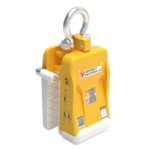
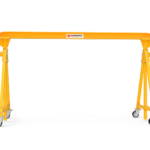
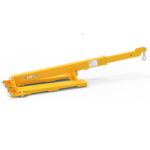
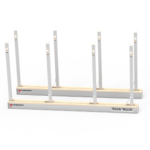
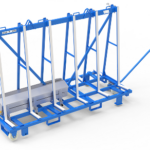
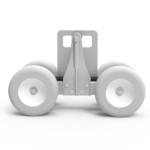
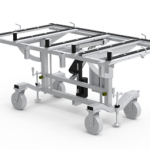
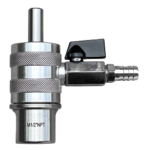
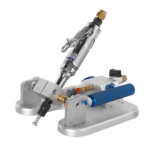
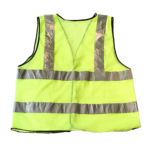
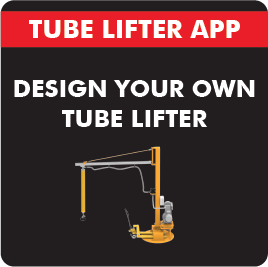
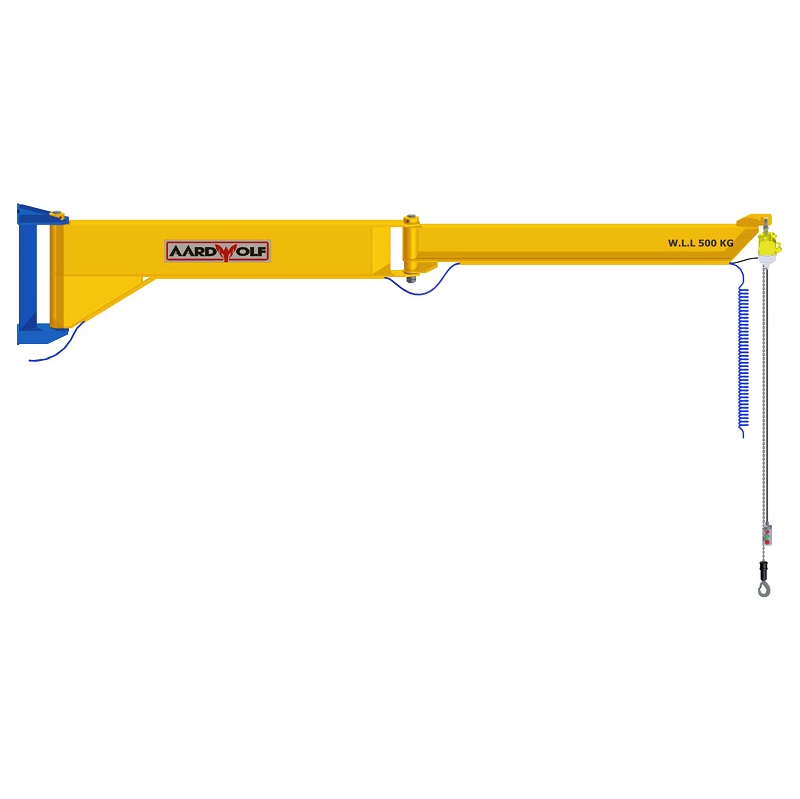
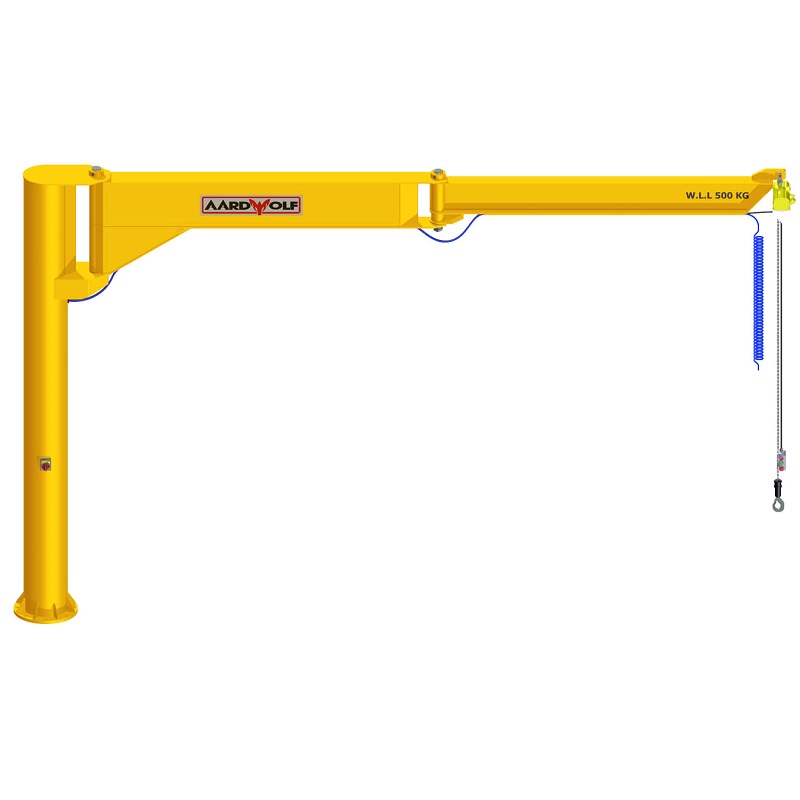
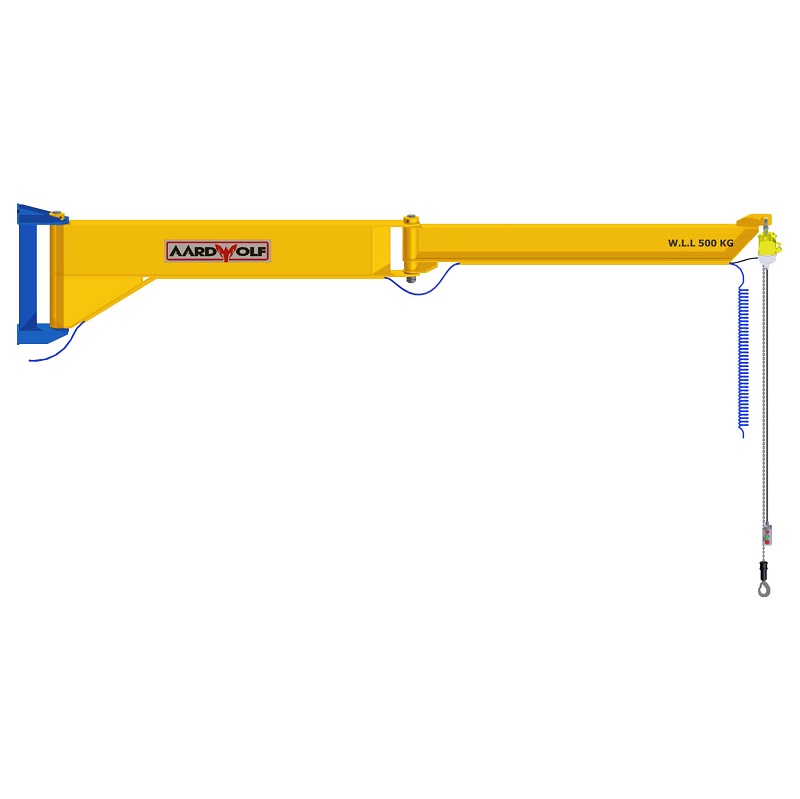
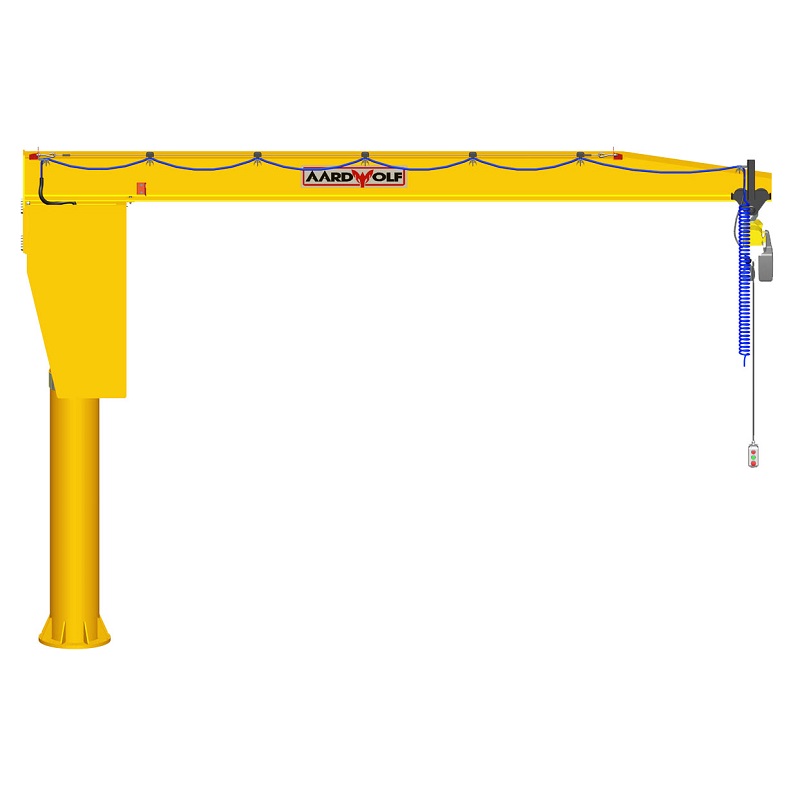
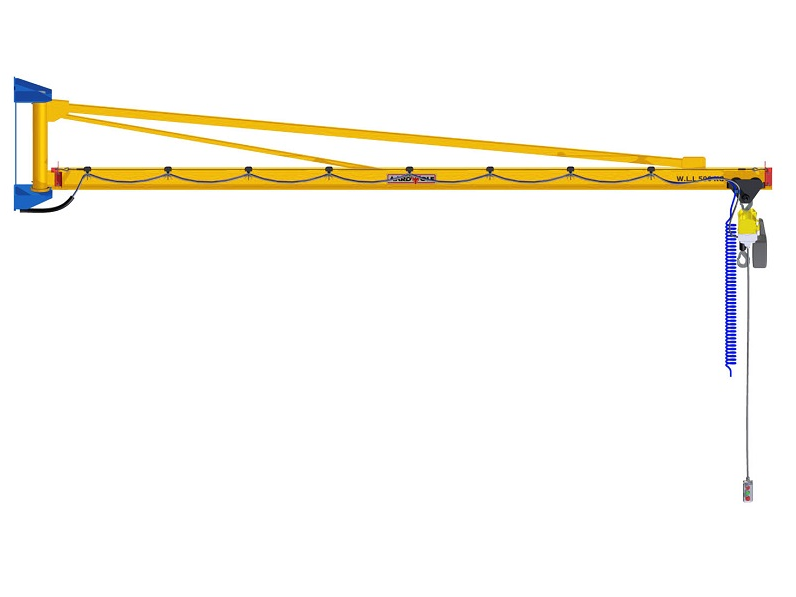

Please log in to leave a comment.